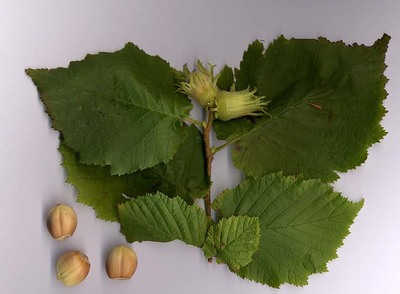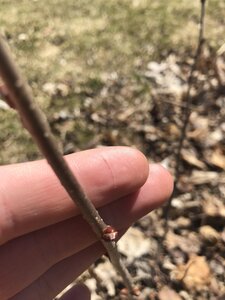Description
The Common Hazelnut, also known as Corylus avellana, is a deciduous shrub native to Europe and Asia. It typically grows to be 3-10 feet tall and has a rounded, spreading form. The leaves are dark green and oval-shaped, with serrated edges and a hairy undersurface. In the spring, the plant produces clusters of small, reddish-purple flowers. The flowers are followed by edible nuts encased in a green, spiny husk.
The Common Hazelnut grows best in full sun to partial shade and prefers well-drained, moist soil. It is winter hardy and can tolerate a wide range of temperatures. To cultivate the plant successfully, a grower may need to provide it with regular watering and pruning to maintain its shape and encourage nut production.
The edible nuts of the Common Hazelnut can be harvested in the fall, after the husks have split open. The nuts can be stored in a cool, dry place for several months. They can be eaten raw or roasted, and are often used in baking and confectionery. The nuts are also rich in vitamins and minerals, and have been used medicinally to treat a variety of ailments.
In addition to its culinary and medicinal uses, the Common Hazelnut is also valued for its utility. The wood of the plant is strong and flexible, and has been used for making baskets, fishing rods, and other implements. The plant can also be used for wind protection and as a ground cover. It is also attractive to wildlife, providing food and shelter for a variety of birds and small mammals.




